The original instrument had analog output, metronome & lousy reverb. The idea with this was to add a metronome from other than the front panel, which is normally covered. The metronome would be added to the headphone signal rather than the recorded signal. A better reverb could be added. Rather than connect an outboard MIDI synthesizer, it would process the audio directly since the original audio was pretty good. The original audio is a 24 bit 44.1khz I2S signal which can be captured with solder. It would support recording, with a way to send the recording over wifi.
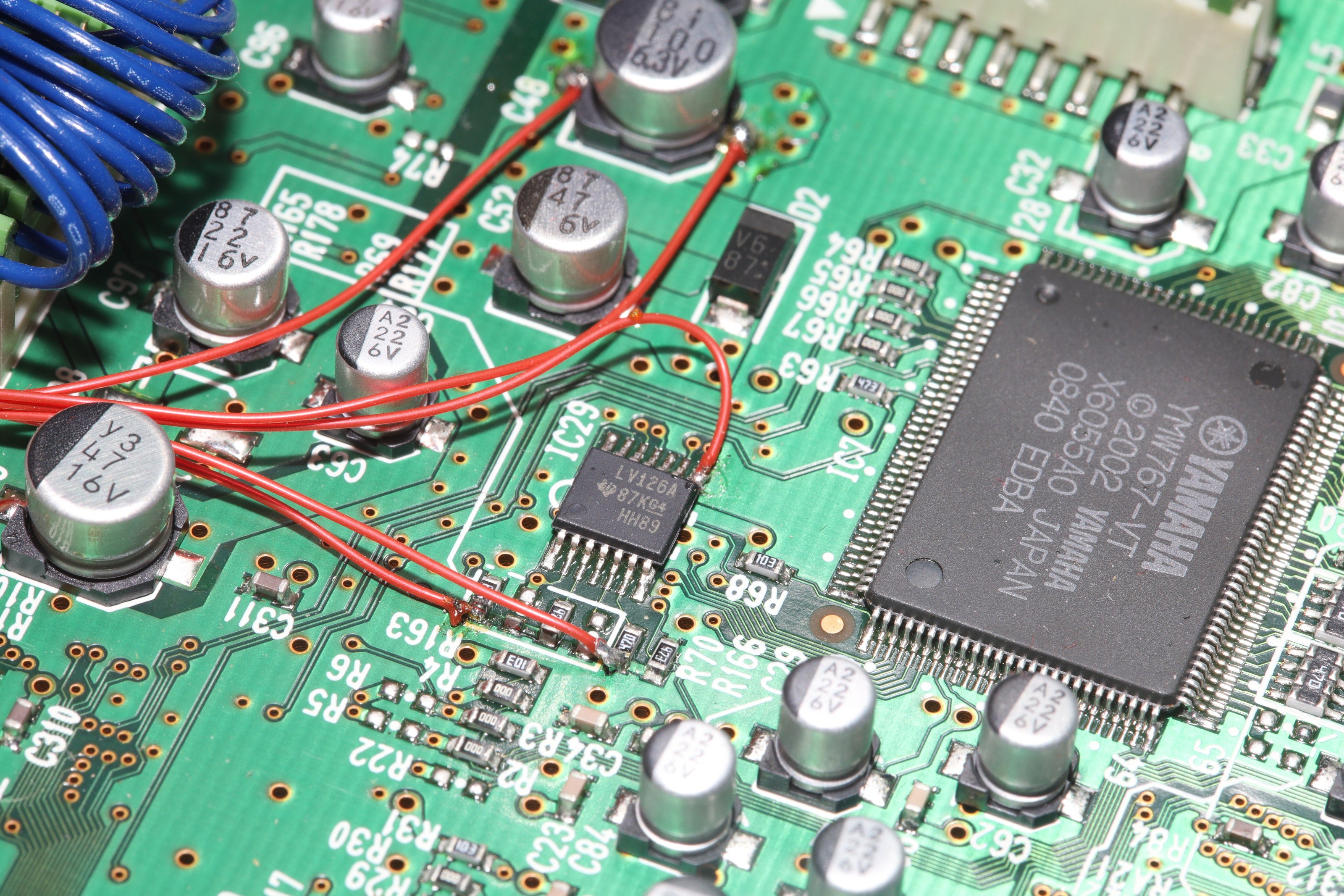
The original instrument exposes its digital audio on the pins of a DAC.

It received an I2S to USB converter back in 2013 so devices outside the case could record digital audio. They didn't do anything with it besides recording, but there was always a desire to have effects.
 lion mclionhead
lion mclionhead
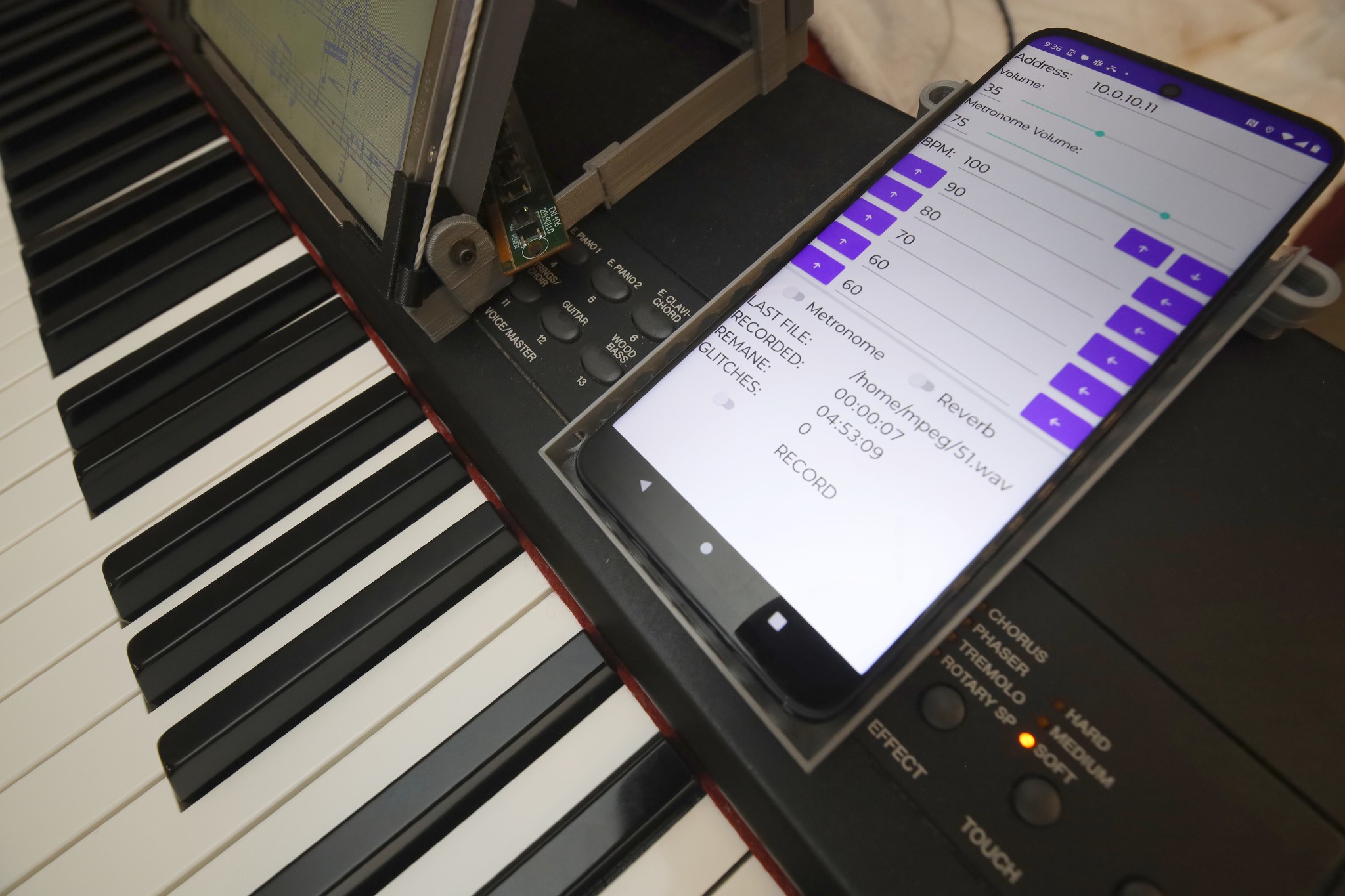
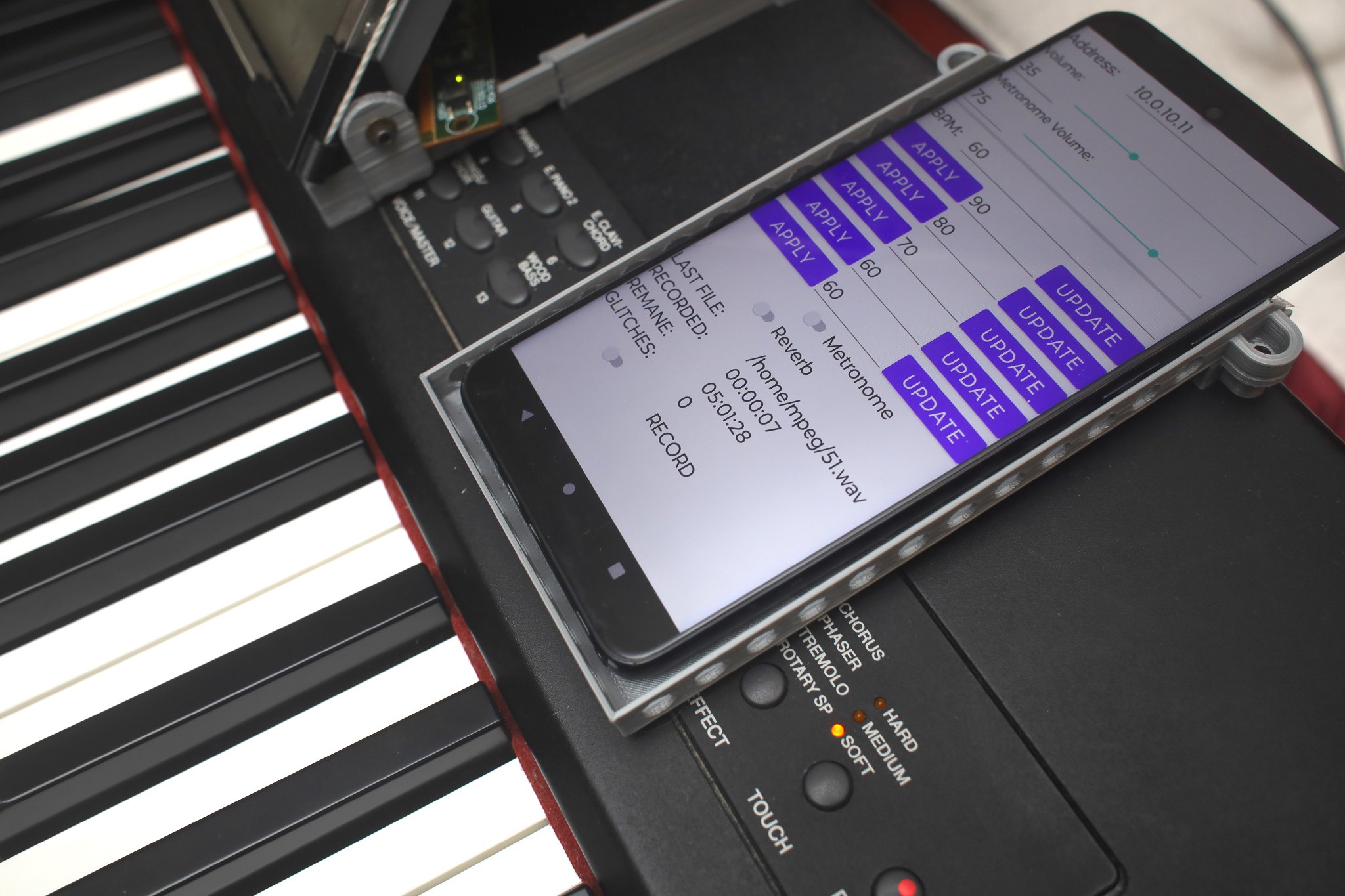
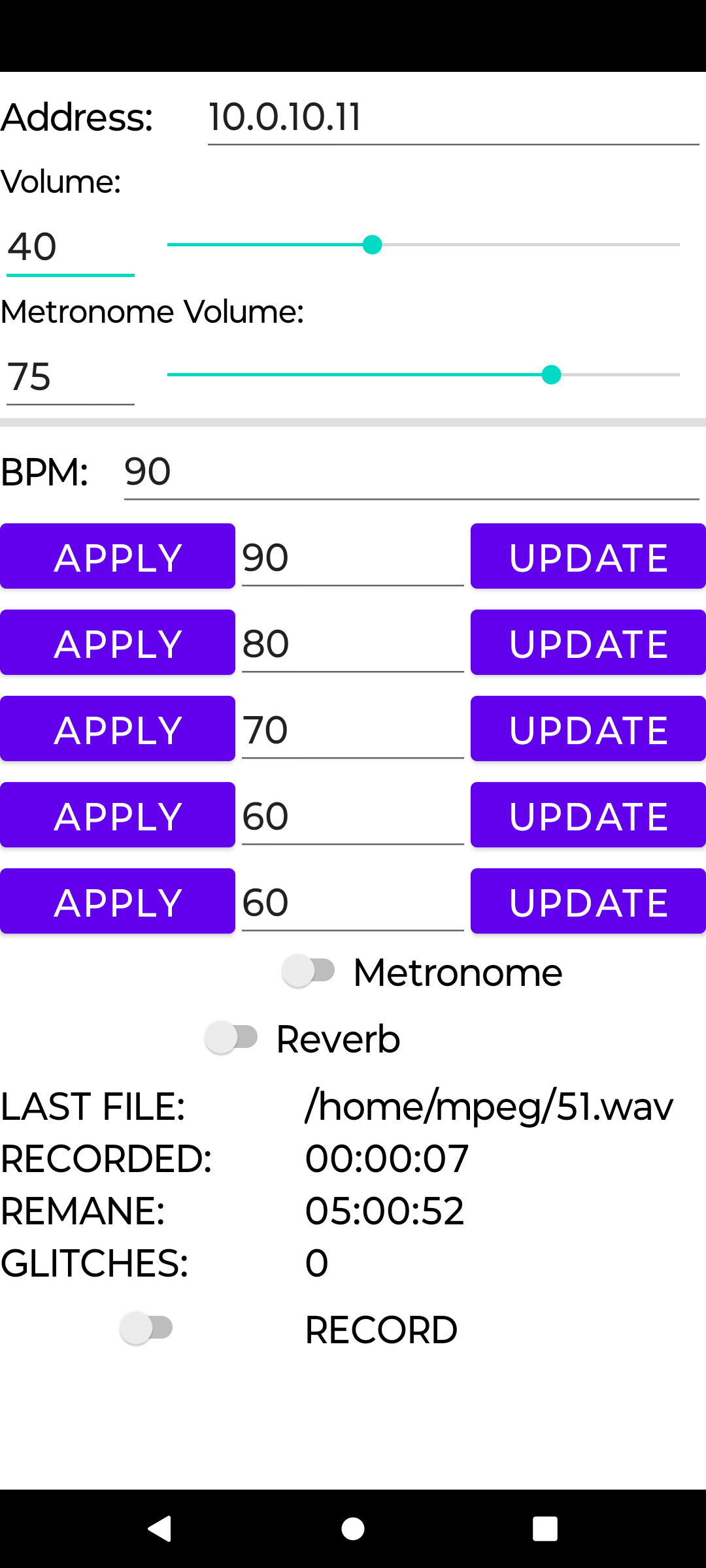

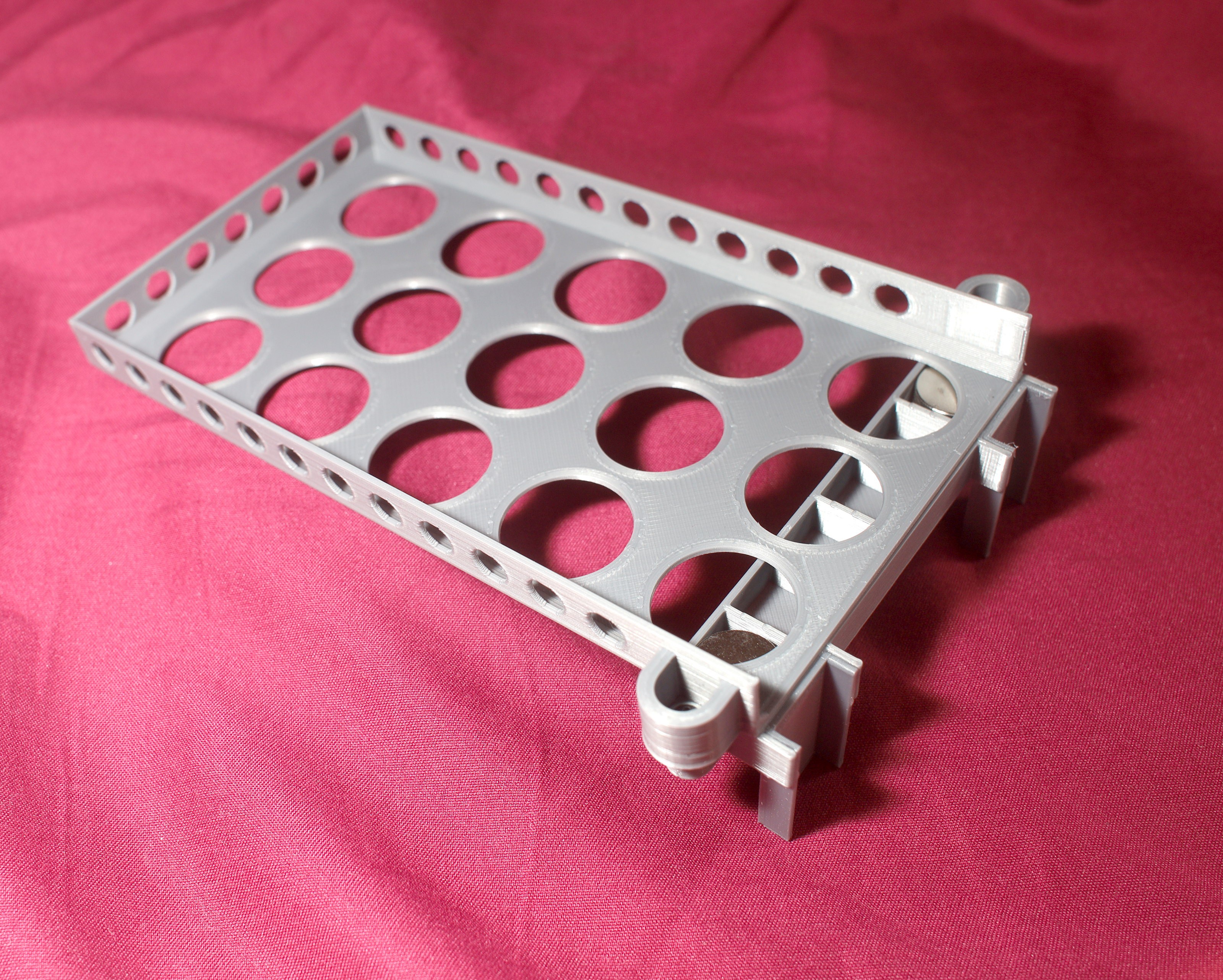
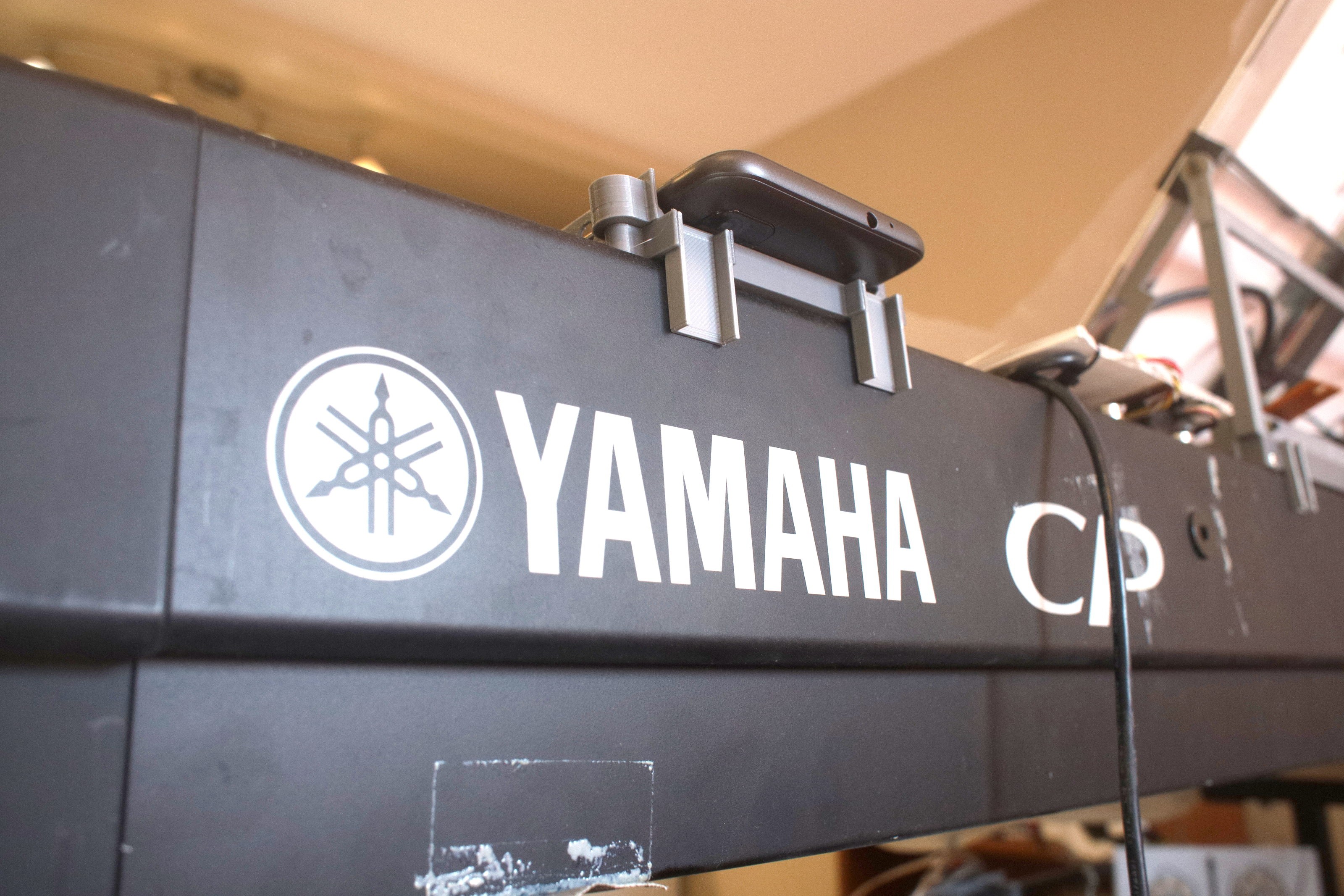
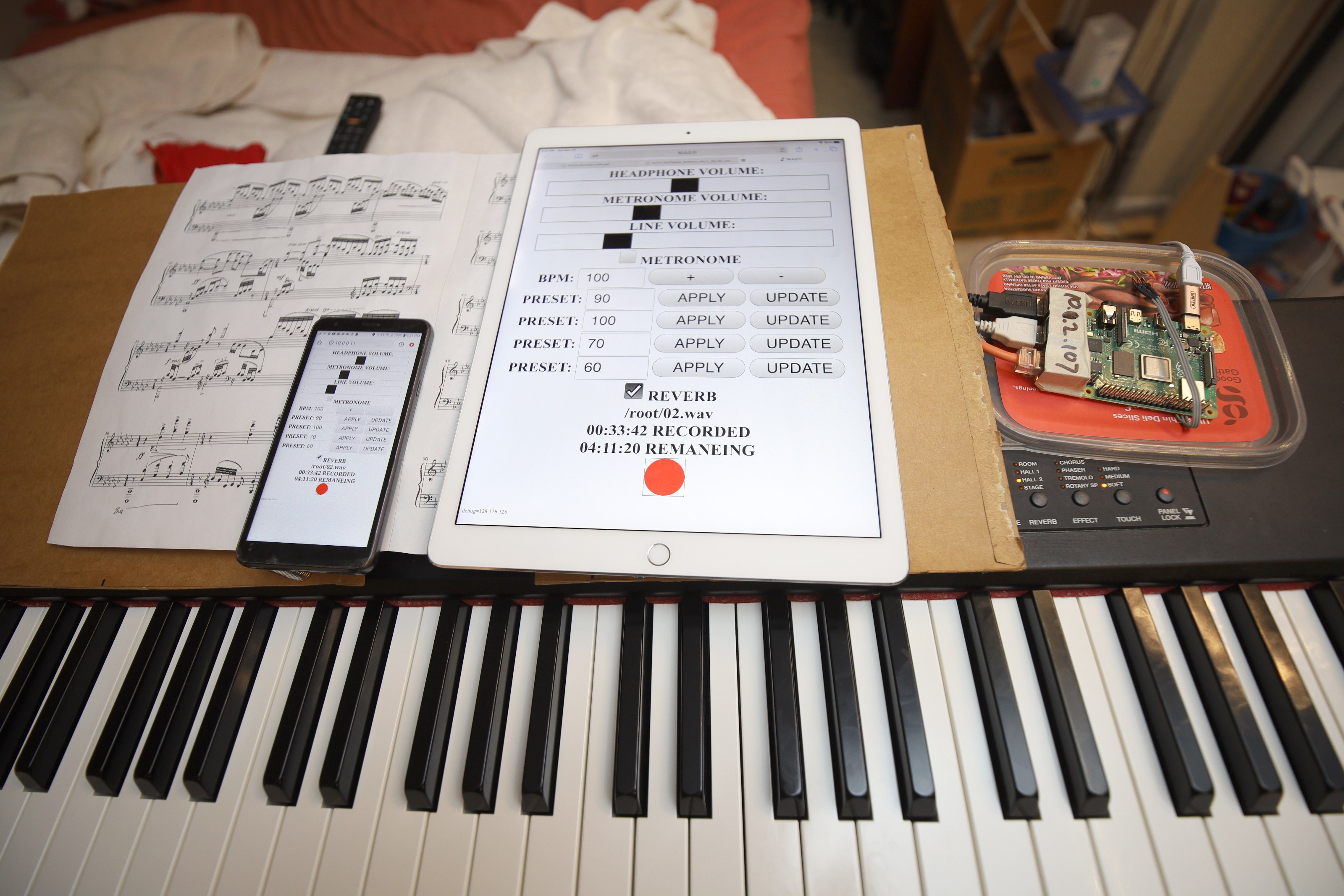
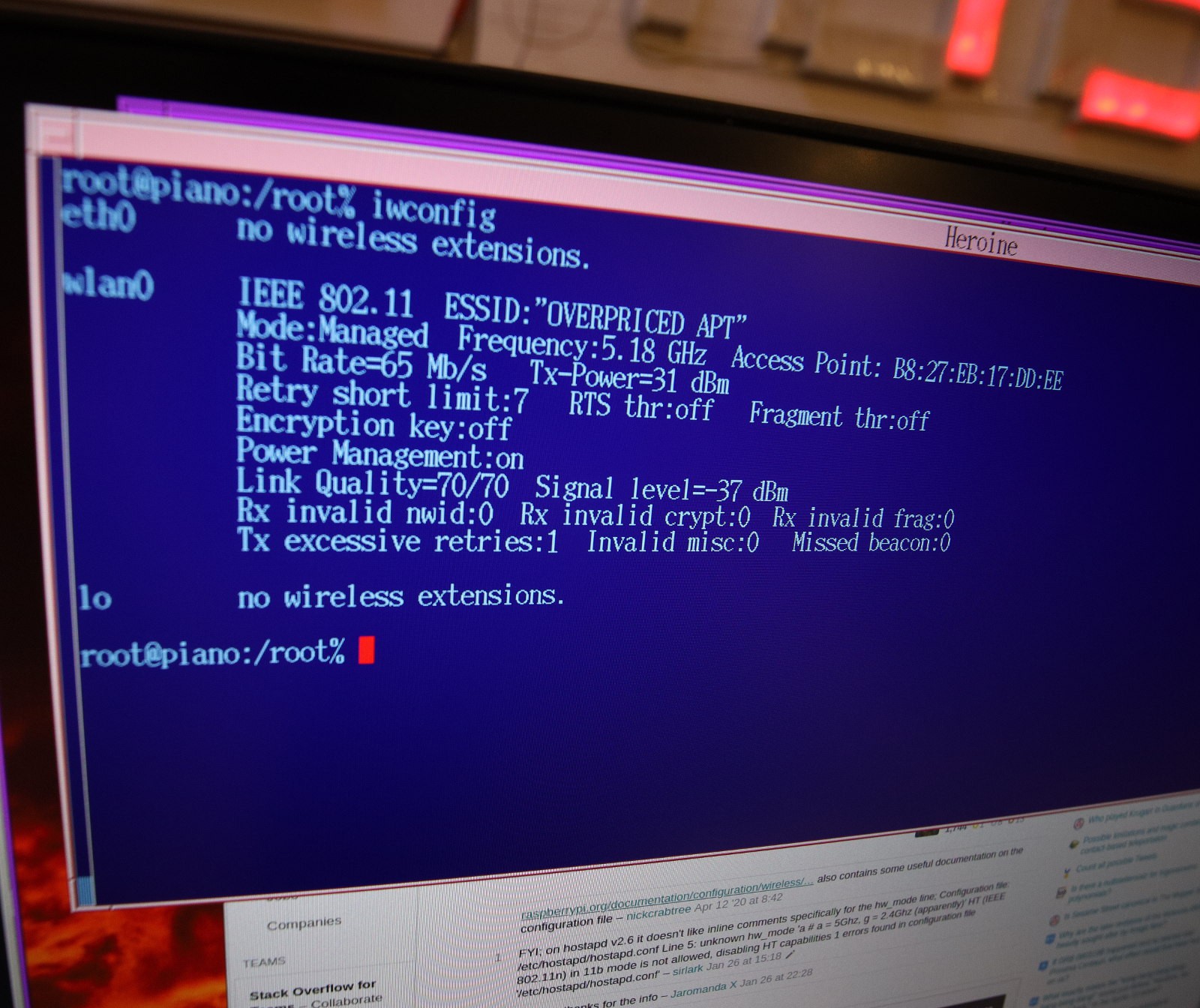
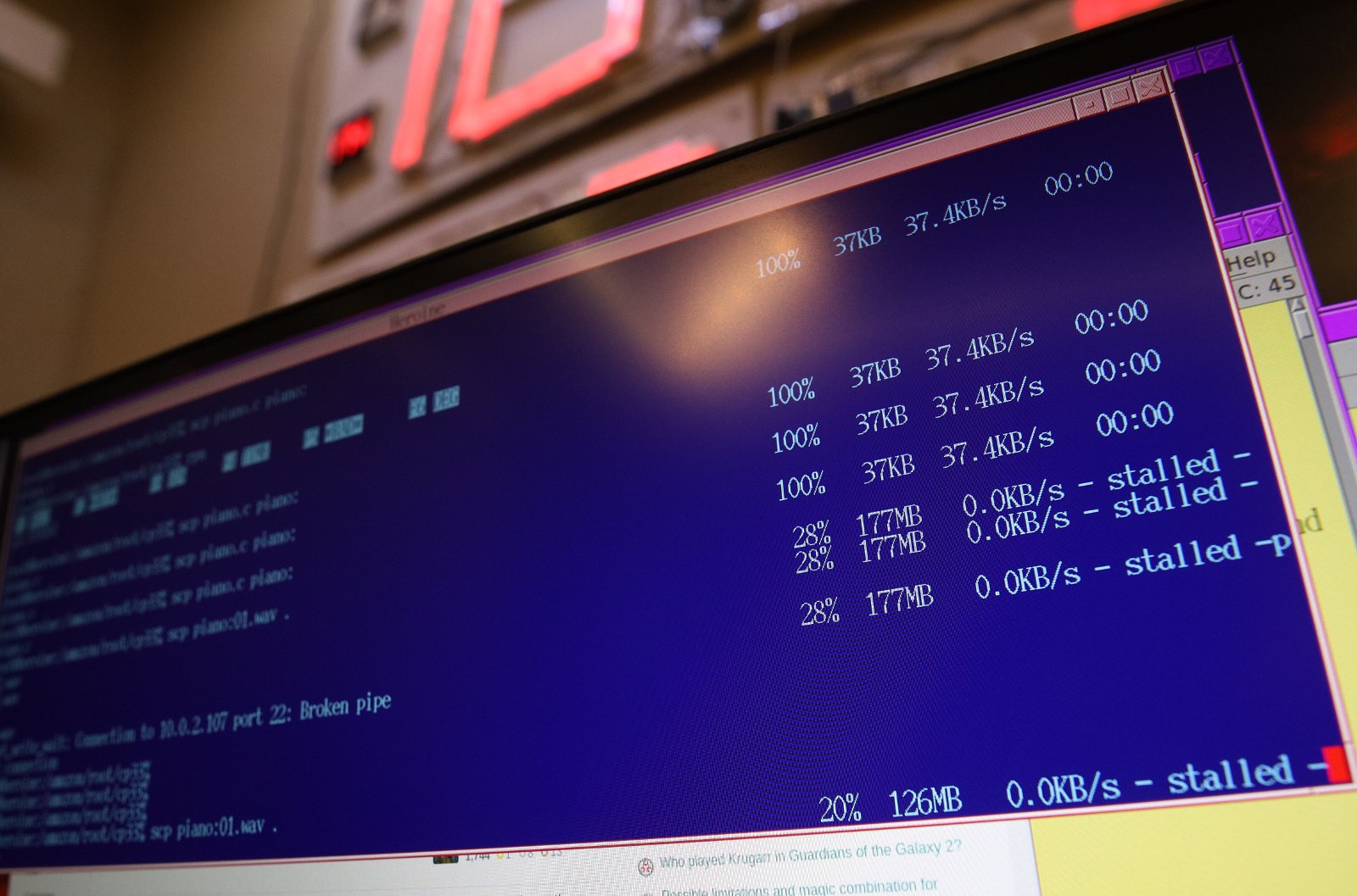

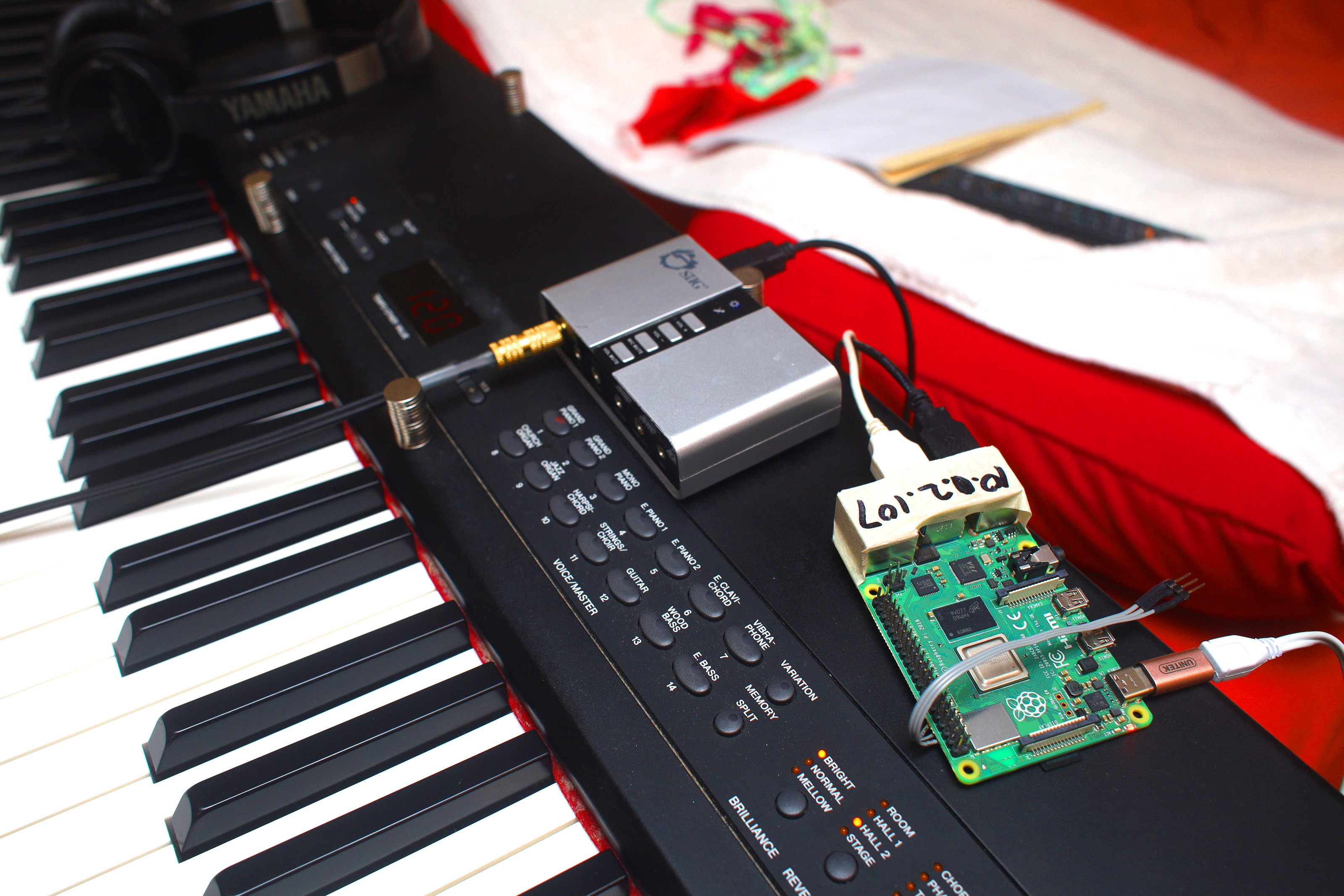

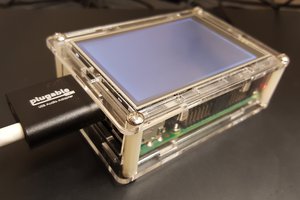

 Xabi Z
Xabi Z

What is the original keyboard? Parts list?